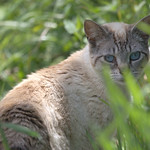Post by Snowberry on Jul 7, 2013 23:53:50 GMT
{This isn't all pretty yet, sorry about that. I'll prettify it later.}
As Riverclan's medicine cat, I'm going to be a total meanie and put some rules up for the herb stores. I know, I know. I'm sorry, guys, but I really need to do this to make things easy for me.
Rules:
1) Do not use or destroy herbs without my permission.
2) If your character was treated by Snowberry, please post in this thread. If there was a thread for it, please link the thread.
3) If you're a medicine cat and you want to trade herbs, please post in this thread and include a link to your herb thread. Please specify which herbs you want.
4) If you are the medicine cat apprentice, post in this thread when you use herbs.
5) If you get some herbs for the stores, you should... dun dun dun... post here!
6) Under no circumstance is the medicine cat apprentice to handle plants that are considered poisonous, even if they have medicinal properties.
This thread will be updated at the beginning of every season unless there are significant changes to the stores.
Current Herb Stores

Alder Bark
Current Stock: Plentiful
Alder Bark is harvested from the Alder tree, and as such it is available all year round. It grows best in wet, boggy terrain and is found most readily in Shadowclan territory. It's used for soothing tooth pain.
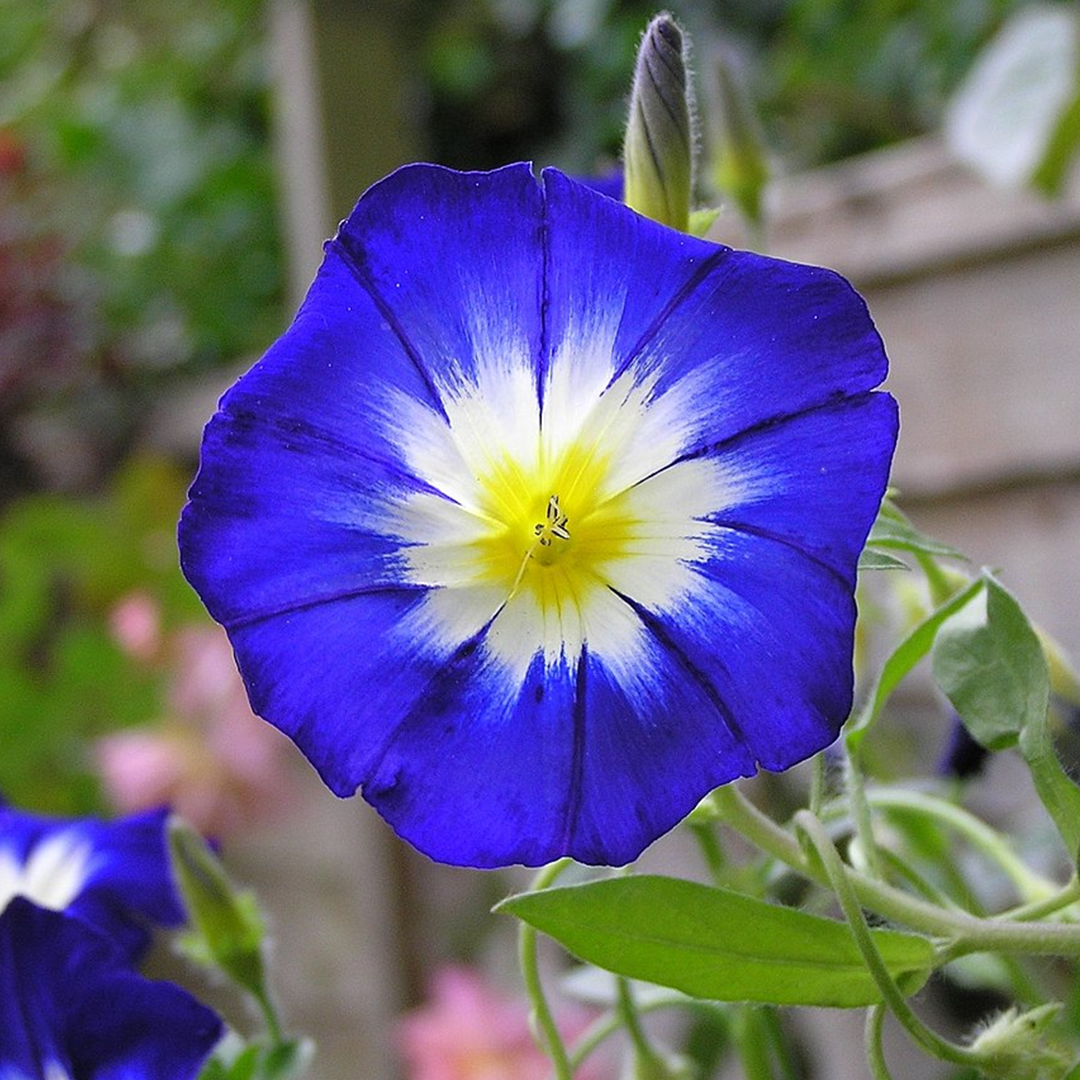
Bindweed
Current Stock: Plentiful
A pale white or pink, trumpet shaped flower with arrow shaped leaves. Bindweed grows nearly everywhere and its primary growing season is in the summer. It is primarily used to fasten sticks to broken legs and keep them in place.

Blackberry Leaves
Current Stock: Plentiful
Prickly, yellow-green leaves from the blackberry bush. Blackberry bushes grow nearly everywhere. They can be harvested all year long. These leaves are chewed to a pulp and applied to bee stings.

Borage Leaves
Current Stock: None, but it should be starting to grow enough to harvest again.
A plant with small, blue or pink flowers and hairy leaves. It grows best in forests. It grows during the cool seasons. It should never be eaten dried, only green. The leaves are chewed and eaten by nursing queens to produce better milk, but it can also bring down fevers.

Burdock Root
Current Stock: Limited
A tall-stemmed thistle with a sharp smell and dark leaves. It grows best in fall. It grows during leaf-fall. The root is chewed to a pulp and applied to rat bites, especially if they're infected.

Catchweed
Current Stock: Too Many
Annoying little burr things that get stuck on cats pelts. They're common all over the forest. They aren't useful on their own, but they can keep poultices from being rubbed off.

Catmint
Current Stock: Very Limited
A delicious smelling leafy plant. It's only rarely found in the wild and is mostly just found in twoleg gardens. As such, Snowberry doesn't have much access to it. It is the best cure for greencouch and can also be used for whitecough.

Celandine
Current Stock: None
A four petaled yellow flower that grows in spring. The juice is squeezed into damaged eyes to help them heal. It is has a very short growth season and because of this can be hard to keep stocked.

Chamomile
Current Stock: Very Limited
A small, white flower with a yellow center. Chamomile is found in twoleg gardens and as such is harder for Snowberry to get access to. It is a travelling herb and helps soothe cats.

Chervil
Current Stock: Limited
A sweet smelling plant with large, fern-like leaves and white flowers. It's primarily found at snakerocks. It is chewed to extract the juice from the leaves or roots, which are respectively used for infected wounds or bellyaches. It is also used in kitting.
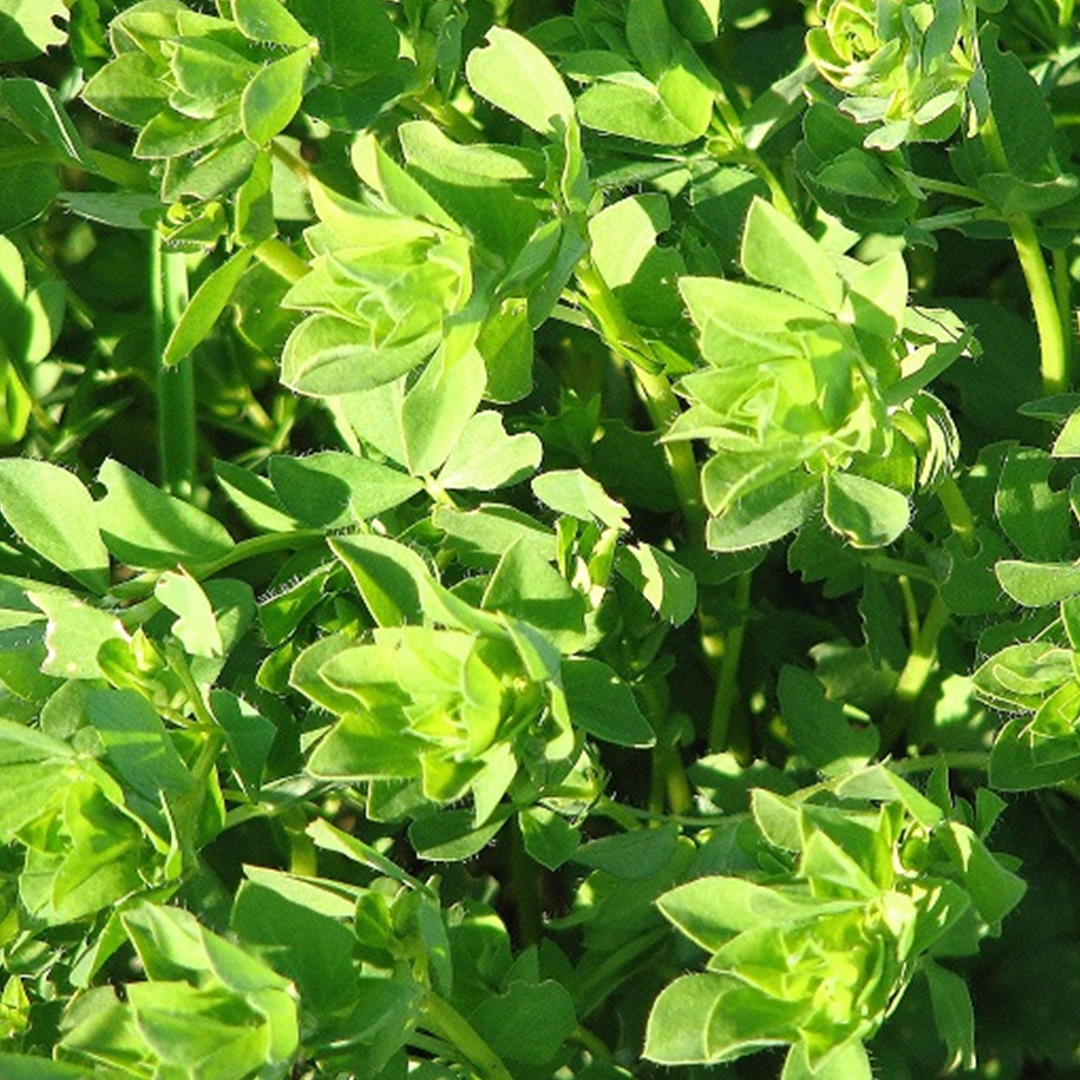
Chickweed
Current Stock: Limited
Tall-stemmed plant with fat, almond shaped leaves. It grows near sunningrocks, making it easier for Snowberry to get to then the more preferred catmint. It is a cure for greencough, but not as effective as catmint.

Cob Nuts
Current Stock: Plentiful
A type of hazelnut with a smooth shell. They are made into ointments but attract pests.

Cobwebs
Current Stock: SO MANY COBWEBS
Abandoned spiderwebs. They're found all over the forest. These are pressed on wounds to soak up blood and stop bleeding. They can also be used with bindweed and sticks to bind broken bones.

Coltsfoot
Current Stock: Okay, starting to suffer
A white or yellow flower that resembles dandelions. It grows best during newleaf. It is found near the waterfall in Riverclan's territory. The leaves are chewed to a pulp to ease kitten cough and cracked paw pads.

Comfrey Root
Current Stock: Plentiful
A large leafed plant with bell shaped flowers and fat roots. It grows in damp, grassy places. The roots are chewed into a poultice and help with many, many ailments. They help with broken bones, wounds, wrenched claws, itching, and inflamed joints.

Daisy Leaf
Current Stock: Plentiful
A very common plant with thick, dark oval leaves. It is chewed into a paste and applied to aching joints. It is a travelling herb.

Dandelion
Current Stock: Plentiful
An extremely common plant with long, hollow stems. The white liquid it produces is applied to bee stings, while the leaves are chewed as pain killers.

Fennel
Current Stock: Plentiful
A plant with thin, spiky leaves. It grows well on dry riverbanks. The stalks are broken and the juice is squeezed into the patients mouth. It helps with pain in the hips and is used to aid kitting queens.

Feverfew
Current Stock: Plentiful
A small bush with flowers resembling daisies. It grows best along the water. It is eaten to relieve fevers and other aches and pains. It is especially good for headaches.
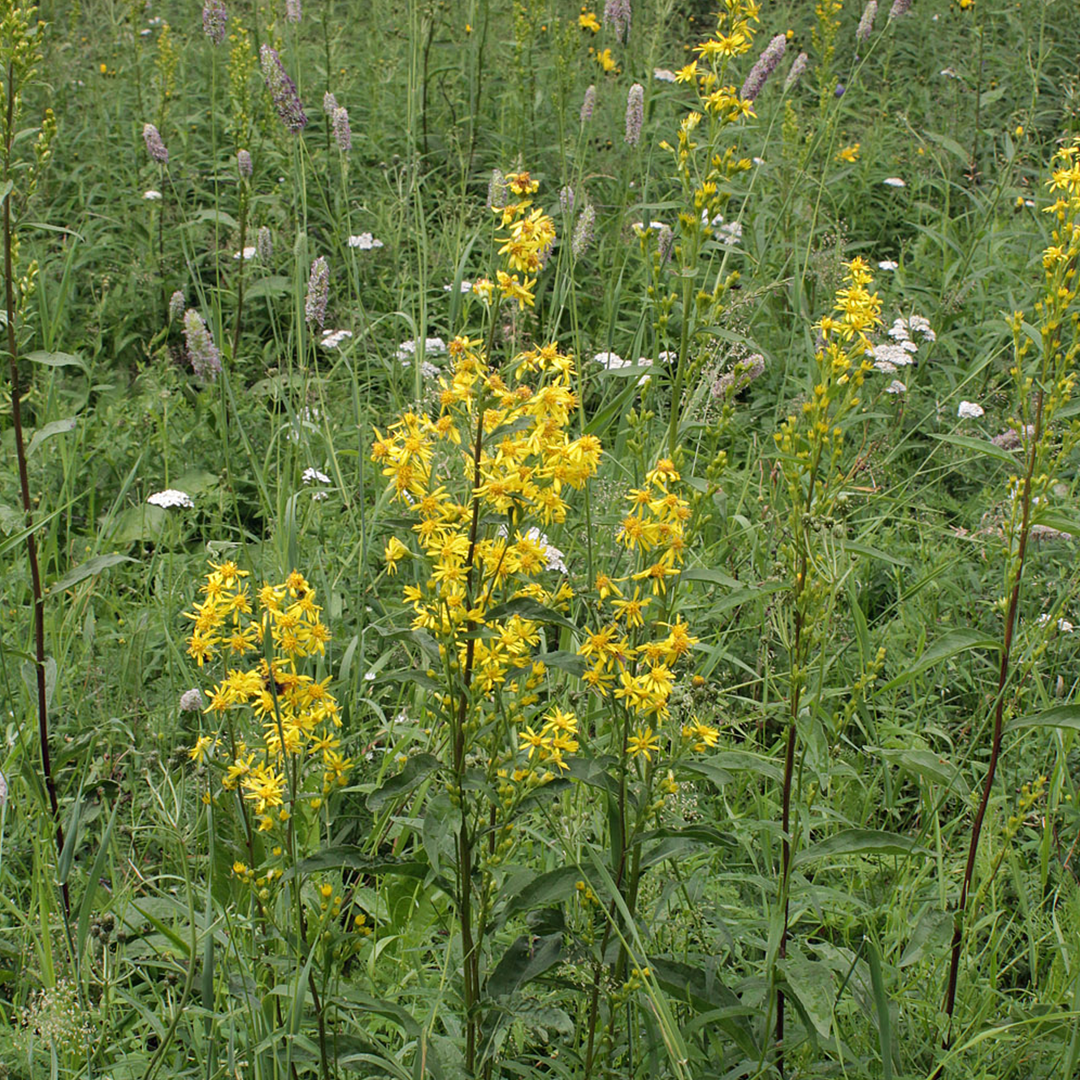
Goldenrod
Current Stock: Limited
A tall plant with bright, yellow flowers. It grows very well on Windclan territory. It is chewed into a poultice and applied to wounds.

Heather Nectar
Current Stock: Very Limited
A bell shaped flower that grows best in shady areas. It is included in herbal mixtures so that they are better tasting and easier to swallow.

Honey
Current Stock: Extremely Limited
A mixture that soothes sore throats and helps cats swallow other concoctions. Cats can not taste it, because they can not taste sweet things.

Horsetail
Current Stock: Okay
A tall, bristly plant that grows best in marshy areas. It is chewed into a poultice and applied to wounds to treat and prevent infections. It also stops bleeding.

Juniper Berries
Current Stock: Limited
Purple-blue berries from a bush with dark green, spiky leaves. They are chewed and eaten to soothe belly aches, give strength, help breathing and to calm down cats. They do not grow well in wet areas.

Lavender
Current Stock: Okay
Grown in twoleg gardens, this purple plant is used to cure fevers and chills. It is also a herb used to prepare the bodies of dead cats for burials by elders. It grows best in sandy soil.

Mallow Leaves
Current Stock: Good
Large, fuzzy leaves from a flowering shrub. They grow best near the riverbanks but are best collected when dry. They are eaten to soothe bellyaches.

Marigold
Current Stock: Plentiful
A low growing, yellow flower that grows well near water. They are chewed into a poultice, but juice can be used as well. They stop infection, bleeding and can be used for inflammation and stiff joints.
Mouse Bile
Current Stock: A lot
Bile extracted from the stomach of a mouse. When applied to ticks, they die. Cats must remember to wash their paws in running water or they'll never get the taste out of their mouths.

Oak Leaves
Current Stock: Too many
The leaves of trees that fall off during leaf-fall. They are used to stop infection from setting in.

Parsley
Current Stock: Okay
A long-stemmed, crinkly edged plant. It smells sharp and has a distinctive fresh taste. It grows best in moist, well drained soil. It is eaten to stop a queen from producing milk. It also helps with belly aches.

Poppy Seeds
Current Stock: A lot
Small black seeds from the poppy flower. They are eaten to relax cats. They make cats sleepy. These should never be given to kits under three moons or pregnant/nursing queens.
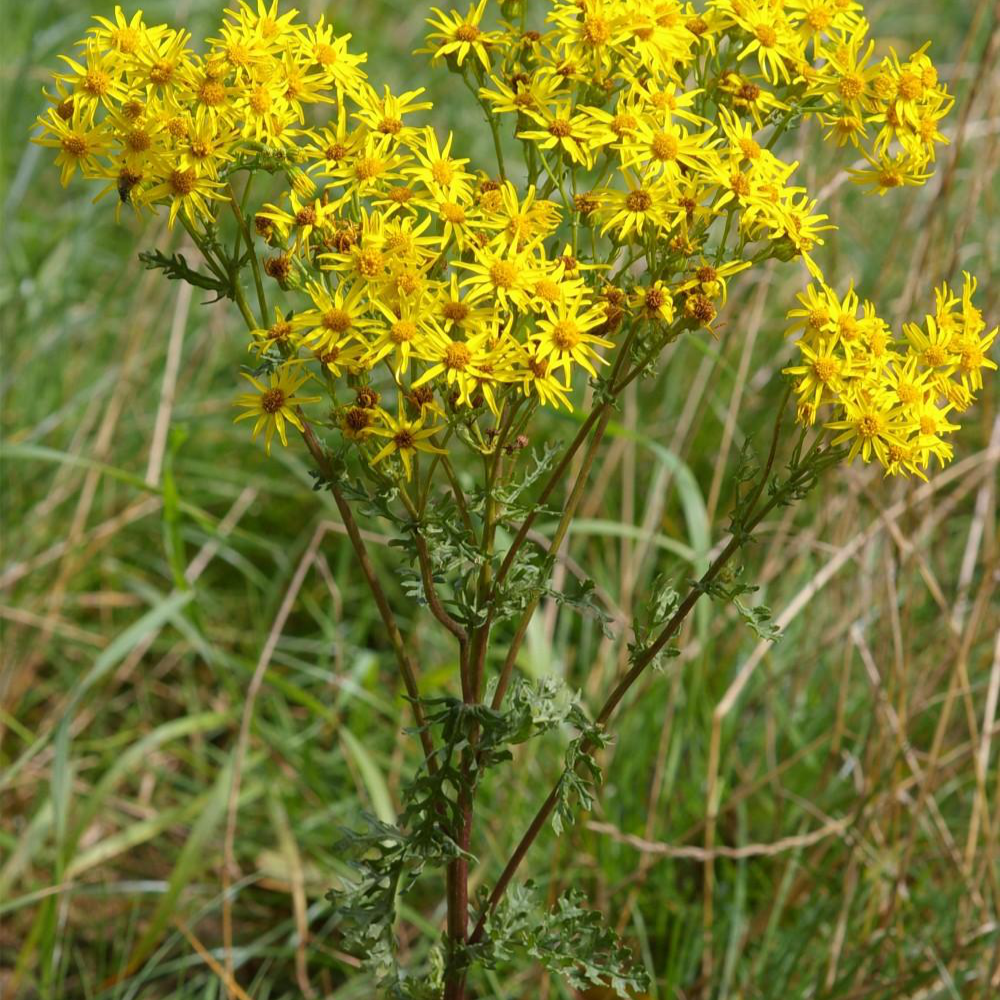
Ragwort Leaves
Current Stock: Plentiful
A tall shrub with yellow flowers. It tastes really bad. It grows almost everywhere. It is crushed and chewed. It is often mixed with juniper berries to treat aching joints. It's a travelling herb.
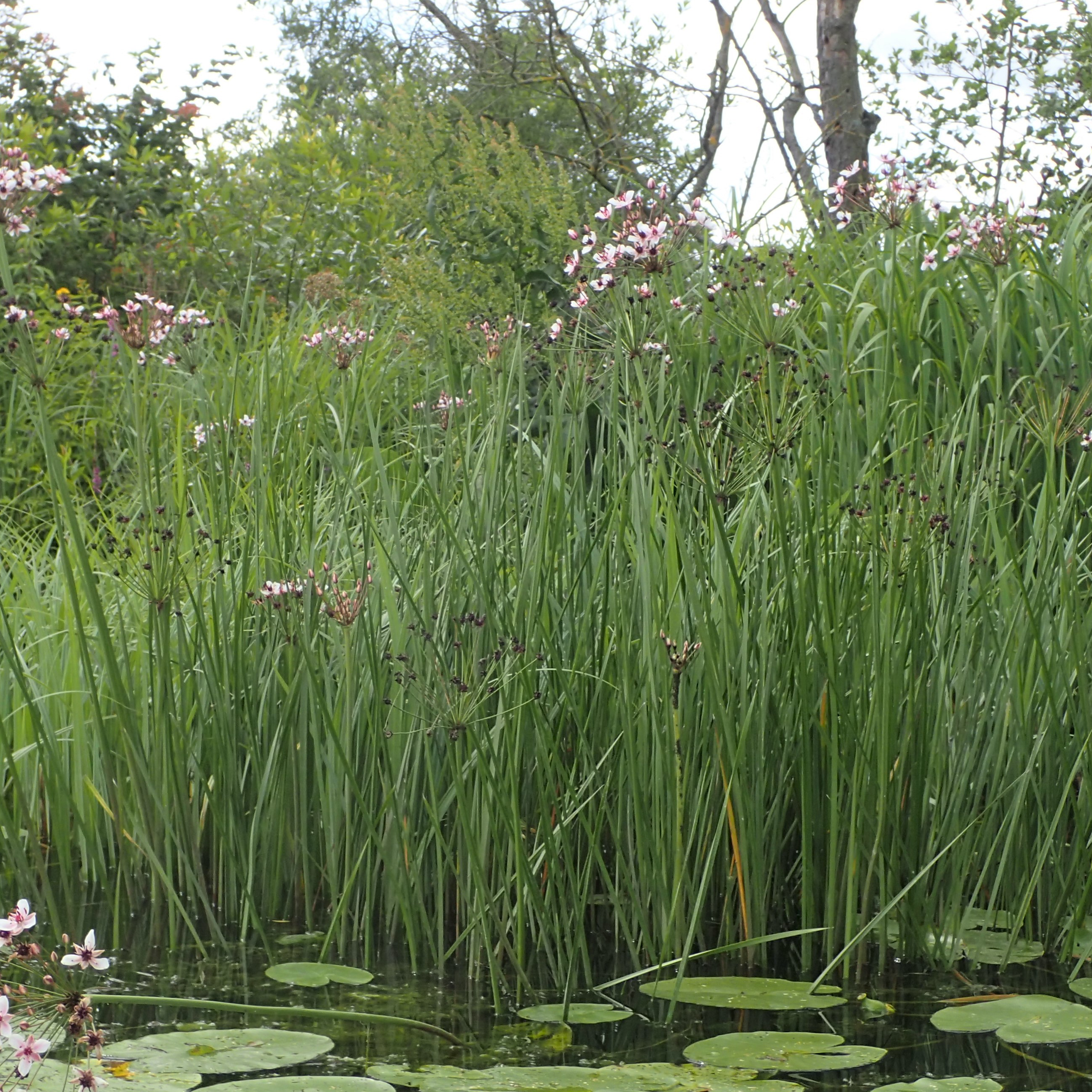
Rush
Current Stock: Plentiful
A long narrow stalk with long leaves. It is used to make splints. It grows in infertile soils.

Snakeroot
Current Stock: Very limited
A plant with small white flowers. It is applied to wounds to heal poison. It grows mainly in warmer areas.
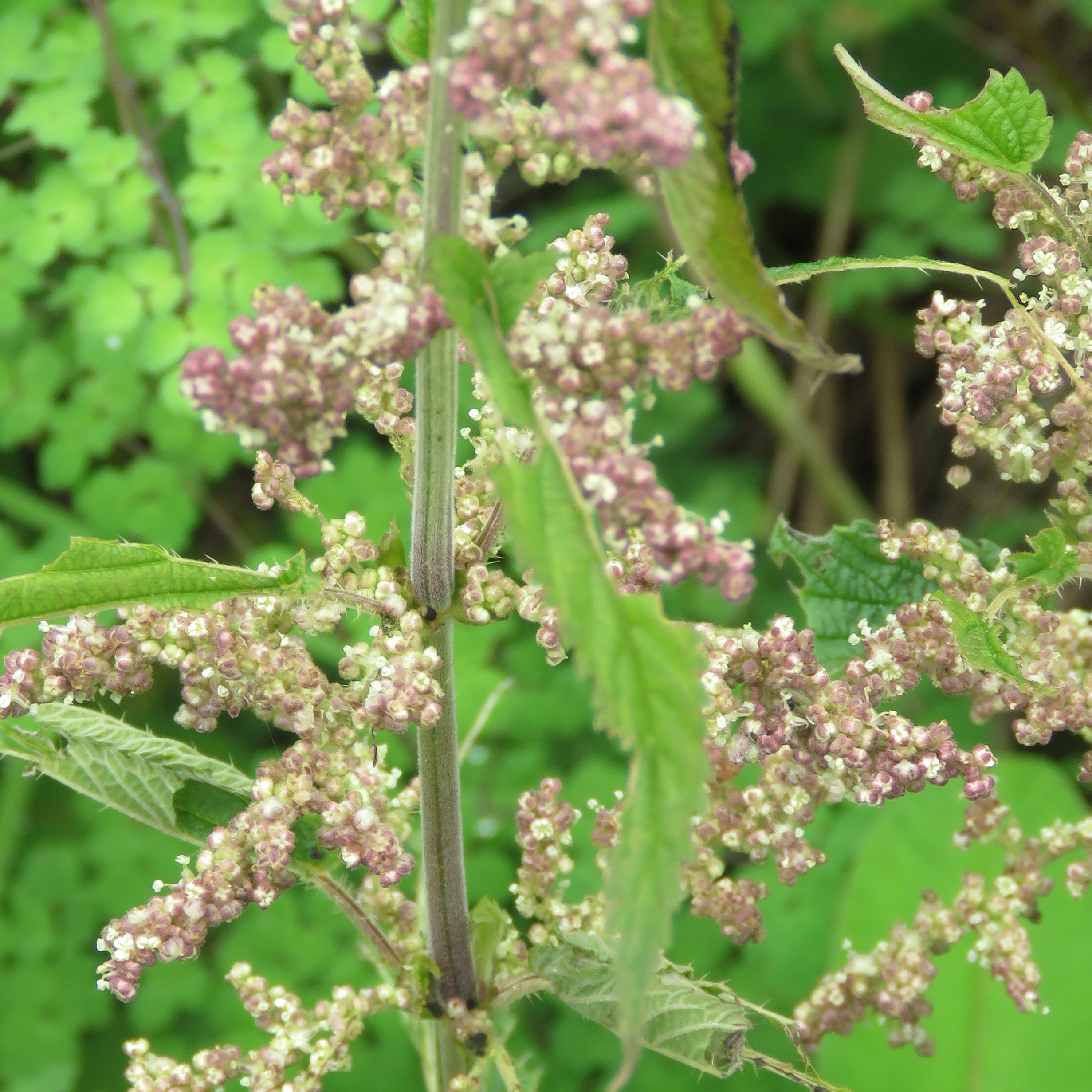
Stinging Nettle
Current Stock: Plentiful
A plant with small, spiny seeds. It is found everywhere. The seeds are eaten by cats who have eaten poison to make them vomit. The leaves are chewed into a poultice for wounds.
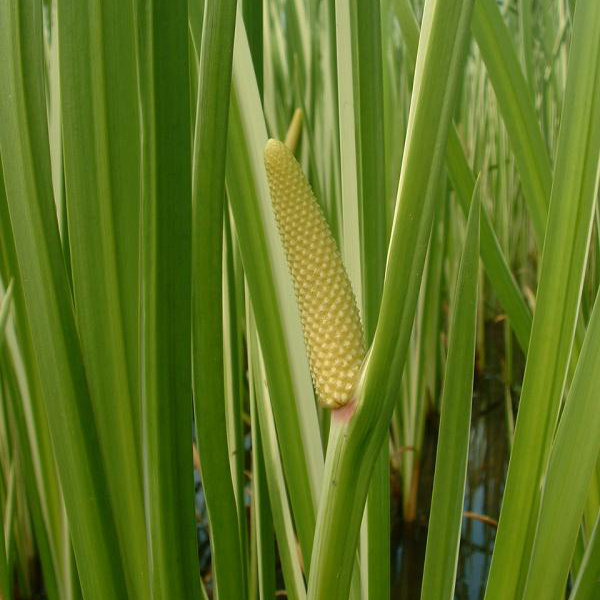
Sweet-Sedge
Current Stock: Plentiful
A plant that grows all through leaf-bare and is most commonly found around the riverclan camp. The sap is swallowed in order to ease infection.
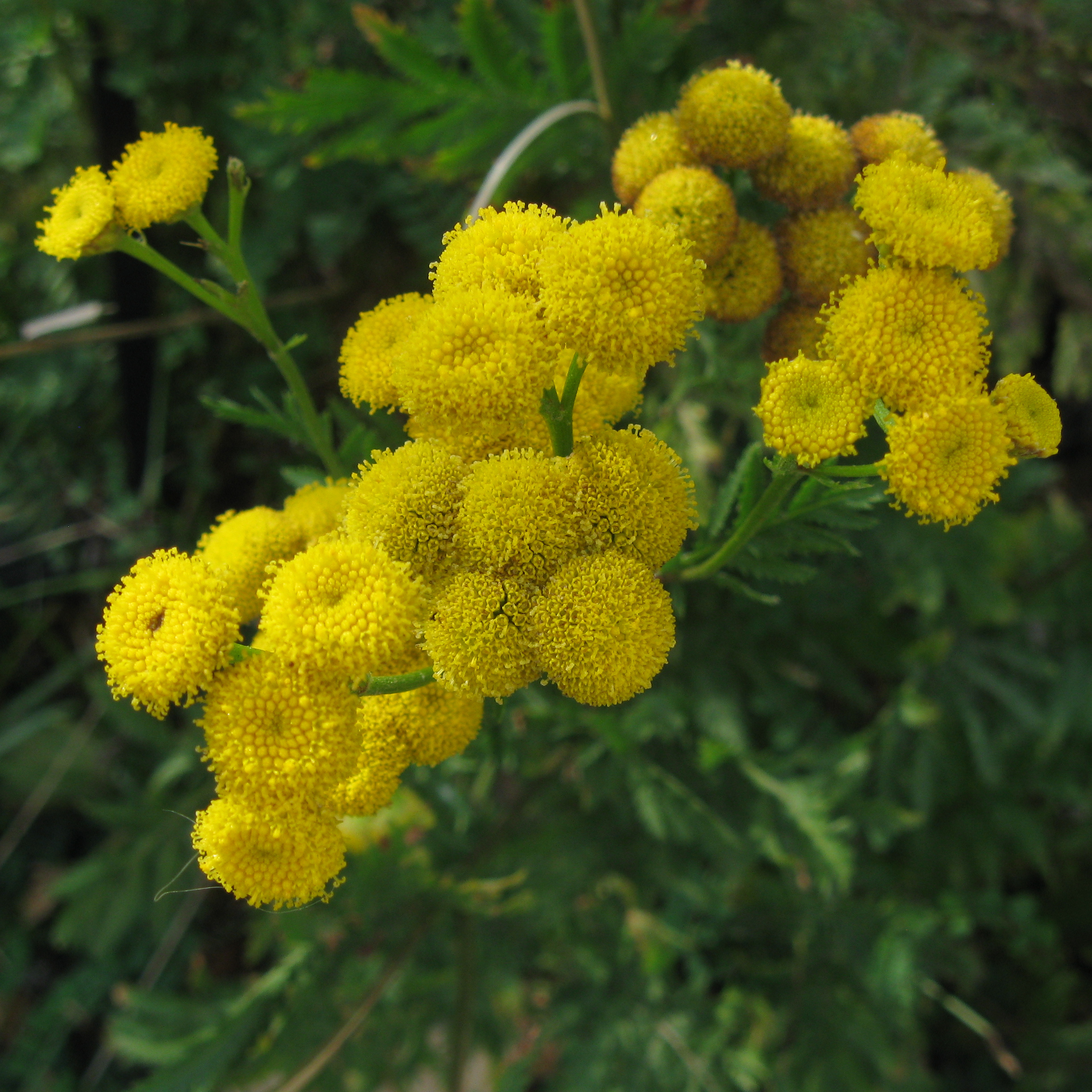
Tansy
Current Stock: Plentiful
A plant with round, yellow leaves and a very strong scent. It is found throughout the forest. It cures coughs, helps with curing poison, and can prevent greencough but not quite cure it.
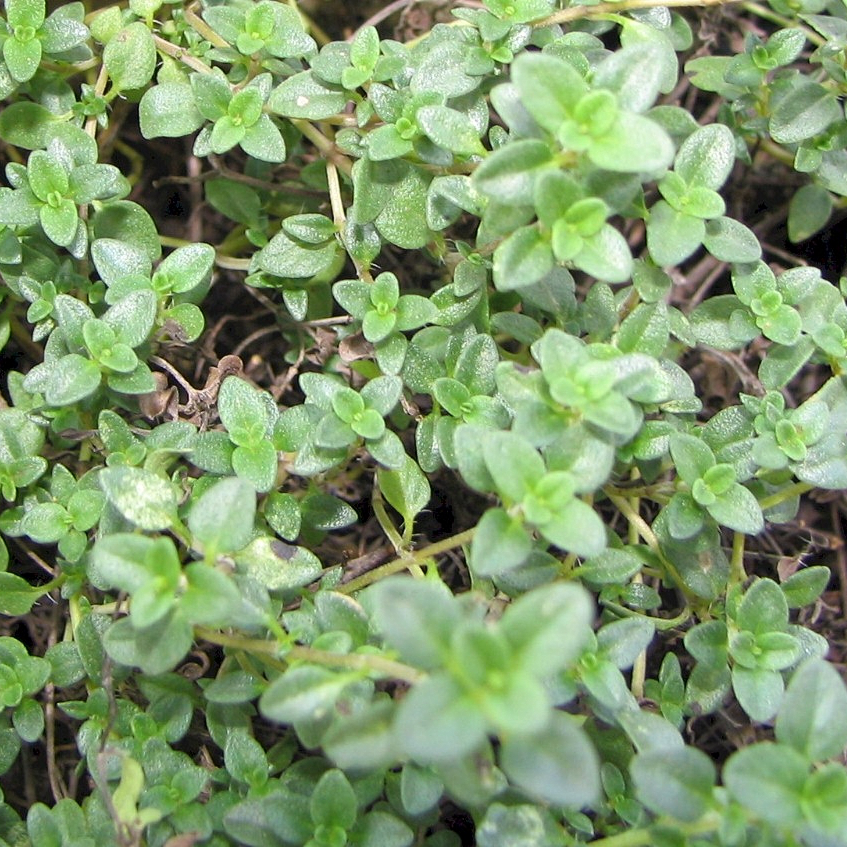
Thyme
Current Stock: Plentiful
A small, delicate plant with sticky leaves. It grows best in hot, sunny locations. The leaves are chewed on and calm nervous, anxious cats as well as cats who are in shock.
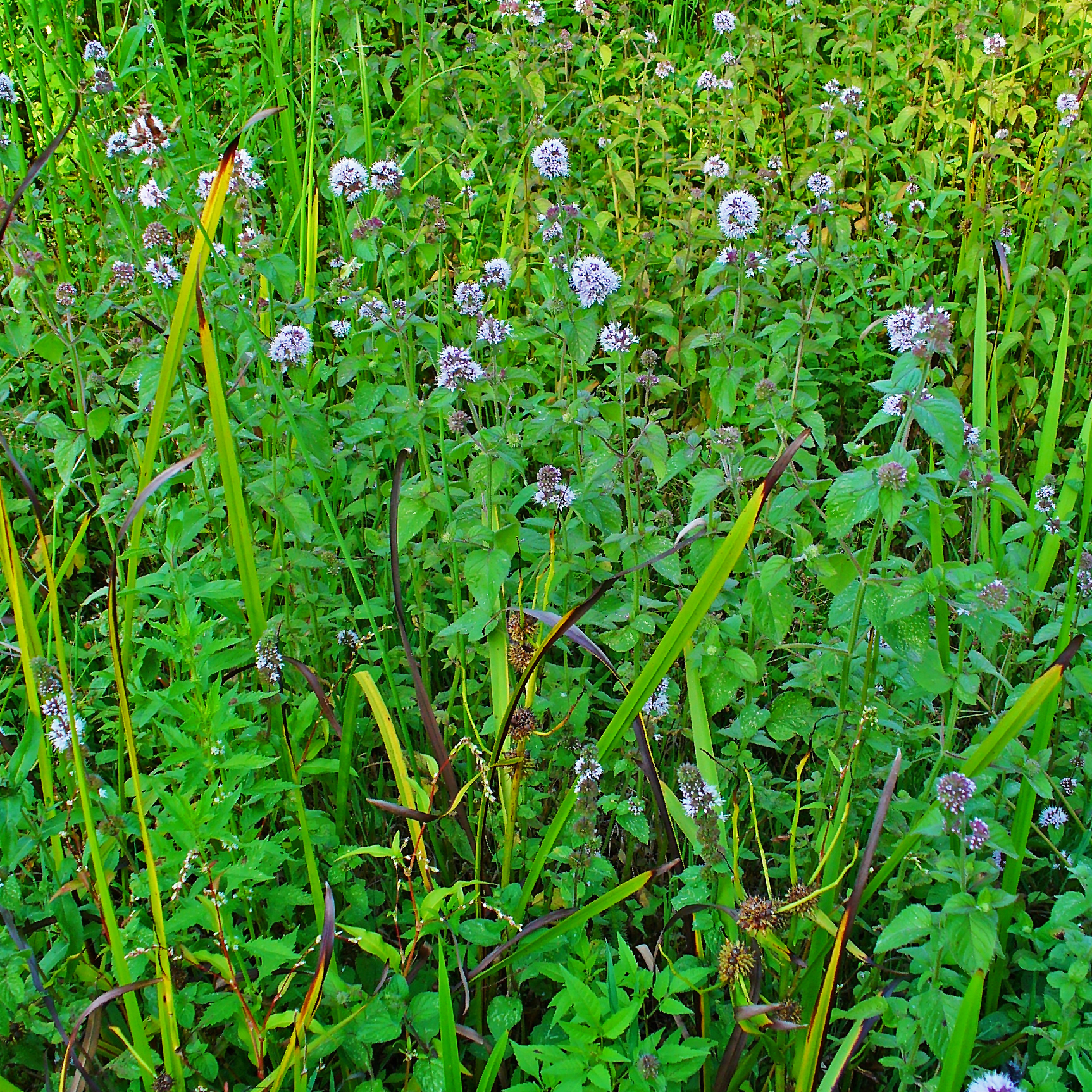
Watermint
Current Stock: Plentiful
A green, leafy plant that is usually found in streams. It is usually chewed into a pulp and then eaten. It eases the suffering of bellyaches. It is also a burial herb.
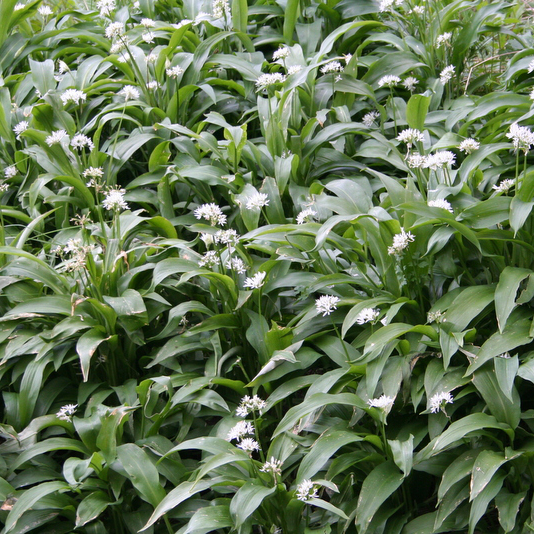
Wild Garlic
Current Stock: Limited
A plant with a very strong smell. It can be used to disguise the smell of cats. It can prevent infection from rat bites, if you don't mind the smell.
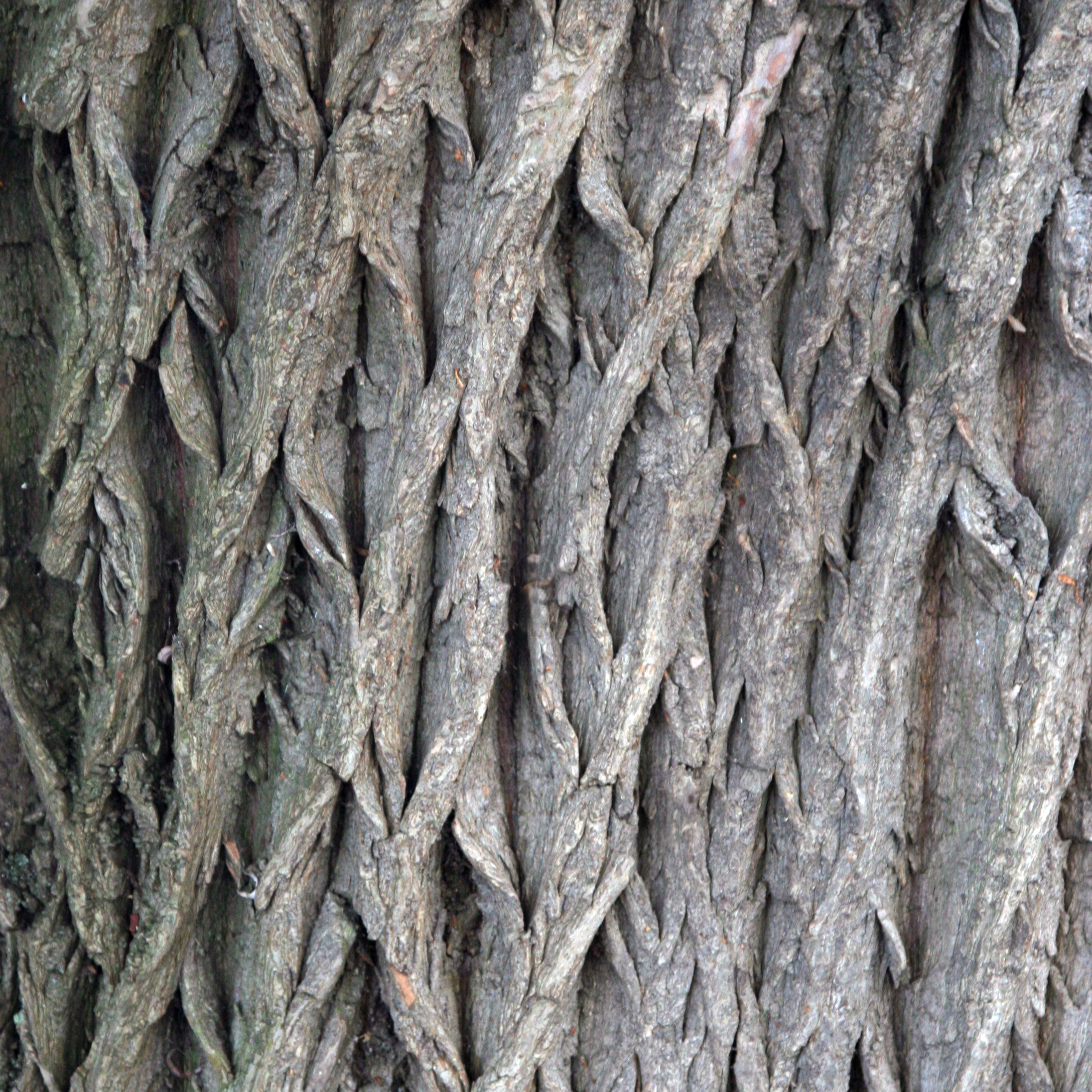
Willow Bark
Current Stock: Plentiful
The bark of the willow tree. It can be harvested all year round. It is used to ease pain.

Yarrow
Current Stock: Limited
A flowering plant that grows at Snakerocks. The leaves are chewed to a poultice that can either be given to a cat or applied to their wounds. It extracts poison from wounds, will make a cat vomit, and will soothe cracked paw pads.
Poisons
Don't eat these! Some of these herbs also have medical uses, but only the full medicine cat of Riverclan is allowed to use them. Medicine cat apprentices are never to handle these plants.
Adding this later.
As Riverclan's medicine cat, I'm going to be a total meanie and put some rules up for the herb stores. I know, I know. I'm sorry, guys, but I really need to do this to make things easy for me.
Rules:
1) Do not use or destroy herbs without my permission.
2) If your character was treated by Snowberry, please post in this thread. If there was a thread for it, please link the thread.
3) If you're a medicine cat and you want to trade herbs, please post in this thread and include a link to your herb thread. Please specify which herbs you want.
4) If you are the medicine cat apprentice, post in this thread when you use herbs.
5) If you get some herbs for the stores, you should... dun dun dun... post here!
6) Under no circumstance is the medicine cat apprentice to handle plants that are considered poisonous, even if they have medicinal properties.
This thread will be updated at the beginning of every season unless there are significant changes to the stores.
Current Herb Stores

Alder Bark
Current Stock: Plentiful
Alder Bark is harvested from the Alder tree, and as such it is available all year round. It grows best in wet, boggy terrain and is found most readily in Shadowclan territory. It's used for soothing tooth pain.

Bindweed
Current Stock: Plentiful
A pale white or pink, trumpet shaped flower with arrow shaped leaves. Bindweed grows nearly everywhere and its primary growing season is in the summer. It is primarily used to fasten sticks to broken legs and keep them in place.

Blackberry Leaves
Current Stock: Plentiful
Prickly, yellow-green leaves from the blackberry bush. Blackberry bushes grow nearly everywhere. They can be harvested all year long. These leaves are chewed to a pulp and applied to bee stings.

Borage Leaves
Current Stock: None, but it should be starting to grow enough to harvest again.
A plant with small, blue or pink flowers and hairy leaves. It grows best in forests. It grows during the cool seasons. It should never be eaten dried, only green. The leaves are chewed and eaten by nursing queens to produce better milk, but it can also bring down fevers.

Burdock Root
Current Stock: Limited
A tall-stemmed thistle with a sharp smell and dark leaves. It grows best in fall. It grows during leaf-fall. The root is chewed to a pulp and applied to rat bites, especially if they're infected.

Catchweed
Current Stock: Too Many
Annoying little burr things that get stuck on cats pelts. They're common all over the forest. They aren't useful on their own, but they can keep poultices from being rubbed off.

Catmint
Current Stock: Very Limited
A delicious smelling leafy plant. It's only rarely found in the wild and is mostly just found in twoleg gardens. As such, Snowberry doesn't have much access to it. It is the best cure for greencouch and can also be used for whitecough.

Celandine
Current Stock: None
A four petaled yellow flower that grows in spring. The juice is squeezed into damaged eyes to help them heal. It is has a very short growth season and because of this can be hard to keep stocked.

Chamomile
Current Stock: Very Limited
A small, white flower with a yellow center. Chamomile is found in twoleg gardens and as such is harder for Snowberry to get access to. It is a travelling herb and helps soothe cats.

Chervil
Current Stock: Limited
A sweet smelling plant with large, fern-like leaves and white flowers. It's primarily found at snakerocks. It is chewed to extract the juice from the leaves or roots, which are respectively used for infected wounds or bellyaches. It is also used in kitting.

Chickweed
Current Stock: Limited
Tall-stemmed plant with fat, almond shaped leaves. It grows near sunningrocks, making it easier for Snowberry to get to then the more preferred catmint. It is a cure for greencough, but not as effective as catmint.

Cob Nuts
Current Stock: Plentiful
A type of hazelnut with a smooth shell. They are made into ointments but attract pests.

Cobwebs
Current Stock: SO MANY COBWEBS
Abandoned spiderwebs. They're found all over the forest. These are pressed on wounds to soak up blood and stop bleeding. They can also be used with bindweed and sticks to bind broken bones.

Coltsfoot
Current Stock: Okay, starting to suffer
A white or yellow flower that resembles dandelions. It grows best during newleaf. It is found near the waterfall in Riverclan's territory. The leaves are chewed to a pulp to ease kitten cough and cracked paw pads.

Comfrey Root
Current Stock: Plentiful
A large leafed plant with bell shaped flowers and fat roots. It grows in damp, grassy places. The roots are chewed into a poultice and help with many, many ailments. They help with broken bones, wounds, wrenched claws, itching, and inflamed joints.

Daisy Leaf
Current Stock: Plentiful
A very common plant with thick, dark oval leaves. It is chewed into a paste and applied to aching joints. It is a travelling herb.

Dandelion
Current Stock: Plentiful
An extremely common plant with long, hollow stems. The white liquid it produces is applied to bee stings, while the leaves are chewed as pain killers.

Fennel
Current Stock: Plentiful
A plant with thin, spiky leaves. It grows well on dry riverbanks. The stalks are broken and the juice is squeezed into the patients mouth. It helps with pain in the hips and is used to aid kitting queens.

Feverfew
Current Stock: Plentiful
A small bush with flowers resembling daisies. It grows best along the water. It is eaten to relieve fevers and other aches and pains. It is especially good for headaches.

Goldenrod
Current Stock: Limited
A tall plant with bright, yellow flowers. It grows very well on Windclan territory. It is chewed into a poultice and applied to wounds.

Heather Nectar
Current Stock: Very Limited
A bell shaped flower that grows best in shady areas. It is included in herbal mixtures so that they are better tasting and easier to swallow.

Honey
Current Stock: Extremely Limited
A mixture that soothes sore throats and helps cats swallow other concoctions. Cats can not taste it, because they can not taste sweet things.

Horsetail
Current Stock: Okay
A tall, bristly plant that grows best in marshy areas. It is chewed into a poultice and applied to wounds to treat and prevent infections. It also stops bleeding.

Juniper Berries
Current Stock: Limited
Purple-blue berries from a bush with dark green, spiky leaves. They are chewed and eaten to soothe belly aches, give strength, help breathing and to calm down cats. They do not grow well in wet areas.

Lavender
Current Stock: Okay
Grown in twoleg gardens, this purple plant is used to cure fevers and chills. It is also a herb used to prepare the bodies of dead cats for burials by elders. It grows best in sandy soil.

Mallow Leaves
Current Stock: Good
Large, fuzzy leaves from a flowering shrub. They grow best near the riverbanks but are best collected when dry. They are eaten to soothe bellyaches.

Marigold
Current Stock: Plentiful
A low growing, yellow flower that grows well near water. They are chewed into a poultice, but juice can be used as well. They stop infection, bleeding and can be used for inflammation and stiff joints.
Mouse Bile
Current Stock: A lot
Bile extracted from the stomach of a mouse. When applied to ticks, they die. Cats must remember to wash their paws in running water or they'll never get the taste out of their mouths.

Oak Leaves
Current Stock: Too many
The leaves of trees that fall off during leaf-fall. They are used to stop infection from setting in.

Parsley
Current Stock: Okay
A long-stemmed, crinkly edged plant. It smells sharp and has a distinctive fresh taste. It grows best in moist, well drained soil. It is eaten to stop a queen from producing milk. It also helps with belly aches.

Poppy Seeds
Current Stock: A lot
Small black seeds from the poppy flower. They are eaten to relax cats. They make cats sleepy. These should never be given to kits under three moons or pregnant/nursing queens.

Ragwort Leaves
Current Stock: Plentiful
A tall shrub with yellow flowers. It tastes really bad. It grows almost everywhere. It is crushed and chewed. It is often mixed with juniper berries to treat aching joints. It's a travelling herb.

Rush
Current Stock: Plentiful
A long narrow stalk with long leaves. It is used to make splints. It grows in infertile soils.

Snakeroot
Current Stock: Very limited
A plant with small white flowers. It is applied to wounds to heal poison. It grows mainly in warmer areas.

Stinging Nettle
Current Stock: Plentiful
A plant with small, spiny seeds. It is found everywhere. The seeds are eaten by cats who have eaten poison to make them vomit. The leaves are chewed into a poultice for wounds.

Sweet-Sedge
Current Stock: Plentiful
A plant that grows all through leaf-bare and is most commonly found around the riverclan camp. The sap is swallowed in order to ease infection.

Tansy
Current Stock: Plentiful
A plant with round, yellow leaves and a very strong scent. It is found throughout the forest. It cures coughs, helps with curing poison, and can prevent greencough but not quite cure it.

Thyme
Current Stock: Plentiful
A small, delicate plant with sticky leaves. It grows best in hot, sunny locations. The leaves are chewed on and calm nervous, anxious cats as well as cats who are in shock.

Watermint
Current Stock: Plentiful
A green, leafy plant that is usually found in streams. It is usually chewed into a pulp and then eaten. It eases the suffering of bellyaches. It is also a burial herb.

Wild Garlic
Current Stock: Limited
A plant with a very strong smell. It can be used to disguise the smell of cats. It can prevent infection from rat bites, if you don't mind the smell.

Willow Bark
Current Stock: Plentiful
The bark of the willow tree. It can be harvested all year round. It is used to ease pain.

Yarrow
Current Stock: Limited
A flowering plant that grows at Snakerocks. The leaves are chewed to a poultice that can either be given to a cat or applied to their wounds. It extracts poison from wounds, will make a cat vomit, and will soothe cracked paw pads.
Poisons
Don't eat these! Some of these herbs also have medical uses, but only the full medicine cat of Riverclan is allowed to use them. Medicine cat apprentices are never to handle these plants.
Adding this later.


















